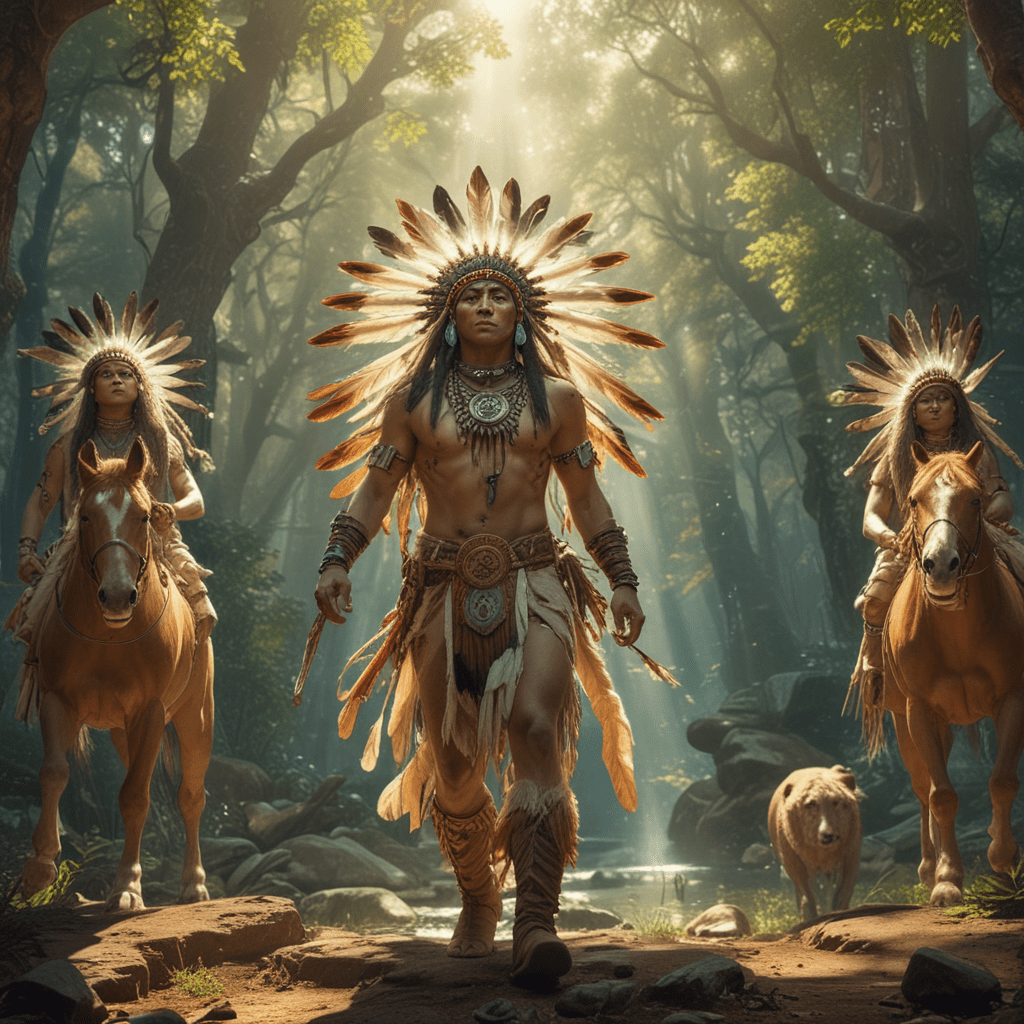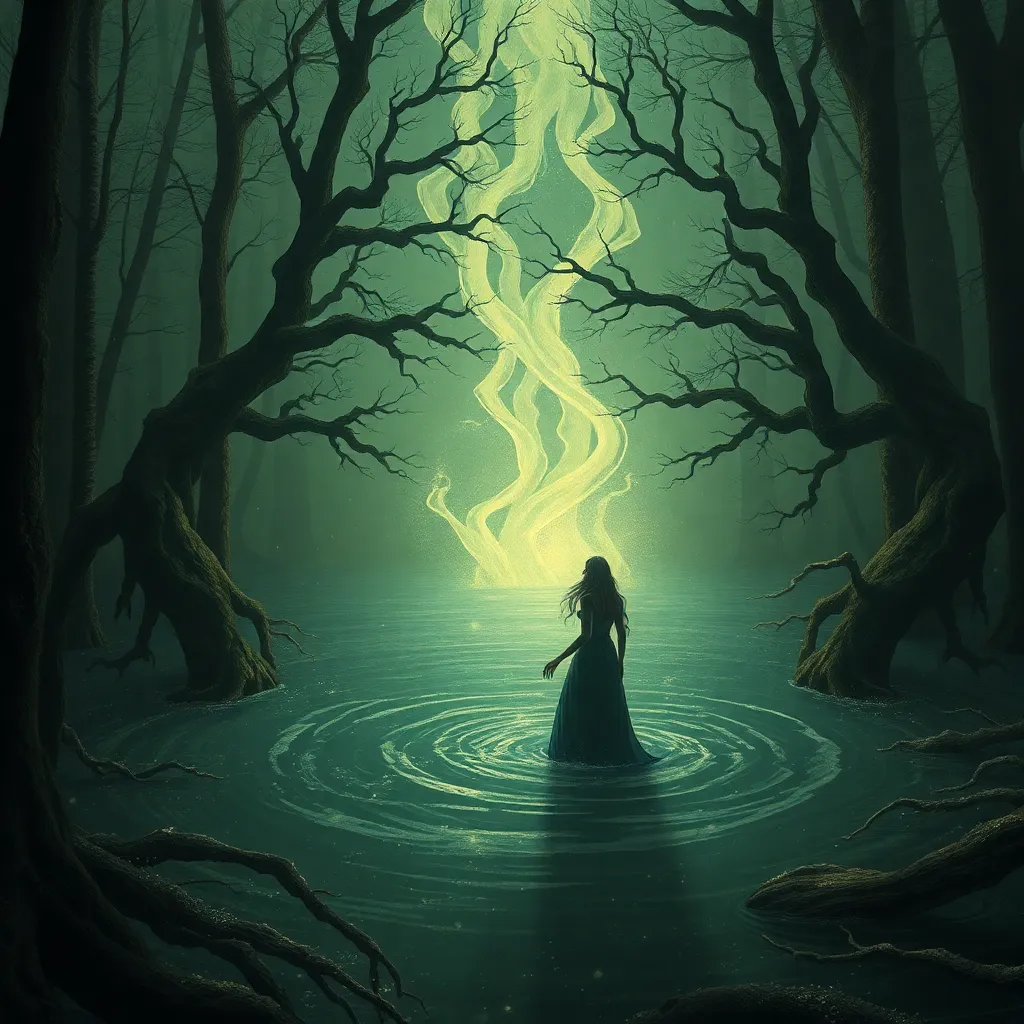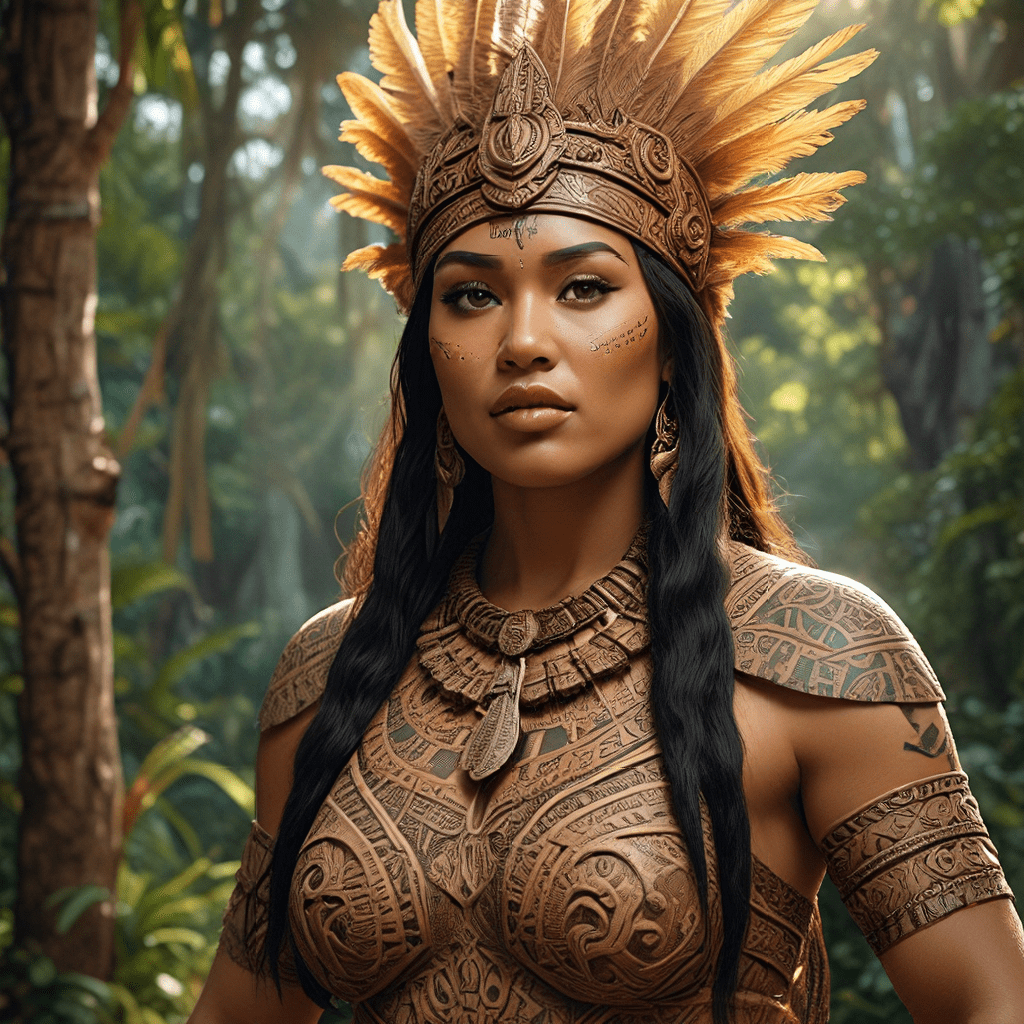Indonesian Mythology: A Brief Overview
Indonesian mythology is a rich tapestry of stories, beliefs, and traditions that have been passed down through generations. It encompasses a diverse array of deities, spirits, and mythical creatures, reflecting the country's unique cultural heritage and geographical landscape. These narratives offer insights into the Indonesian worldview, exploring themes of life, death, nature, and the human condition.
From the islands of Sumatra to Java, Bali, and beyond, Indonesian mythology is a vibrant and diverse expression of the human imagination. The stories range from tales of epic heroes and powerful gods to myths about mischievous spirits and terrifying demons. These narratives often reflect the natural world, with deities associated with volcanoes, mountains, rivers, and oceans, highlighting the deep connection between the people and their environment.
The Underworld in Indonesian Mythology: A Realm of the Dead
In Indonesian mythology, the underworld, known as "Neraka" in Indonesian, is a realm where the souls of the deceased reside after their physical lives end. It is often depicted as a dark and mysterious place, a vast and intricate realm beneath the earth. This underworld plays a crucial role in Indonesian beliefs, shaping their understanding of life, death, and the afterlife.
The concept of the underworld varies across different regions and ethnic groups in Indonesia. In some beliefs, it is a place of judgment, where the dead are judged based on their actions during their lives. Those who have lived virtuous lives are rewarded with a peaceful afterlife, while those who have committed sins are punished. In other interpretations, the underworld is a place of transition, where souls are purified before moving on to a new existence.
The Journey to the Underworld: A Treacherous Path
The journey to the underworld is often depicted as a perilous and challenging experience. In many myths, the souls of the deceased must navigate treacherous paths, overcome obstacles, and face various dangers to reach their final destination. These obstacles might include rivers of fire, mountains of thorns, or fierce guardians who protect the entrance to the underworld.
The journey itself can symbolize the transition from life to death, the challenges and trials that the soul must endure. Overcoming these obstacles is seen as a necessary step in reaching the afterlife, a symbolic transformation from the physical realm to the spiritual one. In some stories, the deceased are guided by mythical figures or spirits who assist them on this perilous journey.
Key Figures of the Underworld: Gods, Demons, and Spirits
The underworld in Indonesian mythology is populated by a variety of figures, each with their own distinct roles and powers. These include deities who rule over the realm, demons who inflict punishment, and spirits who guide the deceased. These figures often embody specific aspects of death, judgment, and the afterlife.
One notable figure is Yama, the Hindu god of death and ruler of the underworld. This figure has been adopted into Indonesian mythology and is often depicted as a stern and impartial judge. Other significant deities include Batara Kala, a demon who devours the souls of the dead, and Dewi Sri, the goddess of rice and fertility, who is said to rule over the underworld in some regions.
The Role of the Underworld in Indonesian Beliefs: The Cycle of Life and Death
The underworld is a central element in Indonesian beliefs about the cycle of life and death. It represents the final destination of the soul, a place where the deceased are judged and their fate is determined. The concept of the underworld provides comfort and solace, offering a sense of order and continuity in the face of mortality.
The underworld also serves as a reminder of the importance of living a virtuous life. The belief that the dead are judged based on their actions in life encourages people to strive for righteousness and to avoid wrongdoing. This concept reinforces social values and promotes a sense of responsibility towards others. The underworld, in this sense, serves as a moral compass, guiding people towards a more ethical and fulfilling existence.
The Influence of Hindu and Buddhist Mythology: Parallels in the Underworld
Indonesian mythology has been significantly influenced by the arrival of Hinduism and Buddhism, which brought with them their own beliefs about the afterlife and the underworld. These influences have contributed to the complexity and diversity of Indonesian underworld myths.
The Hindu concept of Yama, the god of death and ruler of the underworld, has been adopted into many Indonesian traditions, often reflecting the influence of Hinduism in Indonesia. The concept of Yama as a stern judge who decides the fate of the dead is found in many Indonesian stories, emphasizing the importance of living a virtuous life.
Buddhist teachings about reincarnation and karma have also left their mark on Indonesian beliefs about the underworld. The idea that the actions of a person's life determine their fate in the next life, whether in this world or the next, has become a common thread in many Indonesian myths. The underworld, in these beliefs, serves as a place of purification and learning, where souls are prepared for their next rebirth.
Theories on the Origins of the Underworld: Historical and Cultural Influences
The origins of Indonesian underworld myths can be traced to a combination of historical and cultural influences. The belief in the underworld as a realm of the dead is deeply rooted in ancient animistic beliefs, which saw spirits and supernatural beings as inhabiting the world around them. These beliefs were further shaped by the arrival of Hinduism and Buddhism, which introduced new concepts about the afterlife and the nature of the soul.
The geographical landscape of Indonesia also played a crucial role in shaping these beliefs. The islands' many volcanoes, mountains, and caves were often seen as portals to the underworld, fueling stories about the journeys of the dead and the dangers that awaited them. The natural world, in this sense, became a reflection of the spiritual world, connecting the physical and the spiritual realms.
The Social and Cultural Significance: Folklore, Rituals, and Stories
Indonesian underworld myths are not simply stories but serve an important social and cultural function in Indonesian society. They act as a means of transmitting knowledge, values, and beliefs across generations. These myths provide a framework for understanding the meaning of life and death, guiding people's behavior and shaping their worldview.
These myths are often incorporated into rituals and ceremonies related to death and ancestor worship. These rituals, such as elaborate funeral ceremonies and ancestral offerings, serve to honor the dead and connect the living with the spirits of their ancestors. These practices demonstrate the ongoing relevance of underworld beliefs in Indonesian culture.
Modern Interpretations of the Underworld: Literature, Art, and Popular Culture
Indonesian underworld myths continue to inspire artists, writers, and filmmakers in the modern era. These myths are often reinterpreted and reimagined in contemporary literature, art, and popular culture, offering fresh perspectives on these ancient beliefs.
In literature, Indonesian writers have explored themes of death, judgment, and the afterlife in their novels, short stories, and poems. Artists have created artwork that draws inspiration from the imagery of the underworld, using symbolic representations of death, spirits, and the afterlife. In popular culture, films, television shows, and video games have incorporated elements of Indonesian mythology, bringing these ancient stories to a wider audience.
The Enduring Legacy of Indonesian Underworld Mythology: A Source of Inspiration and Identity
Indonesian underworld mythology has a rich and enduring legacy, continuing to shape the cultural identity of the Indonesian people. These myths offer a unique perspective on the mysteries of life and death, reflecting the complex and diverse tapestry of Indonesian culture. The stories, beliefs, and rituals associated with the underworld continue to offer insights into the Indonesian worldview and inspire artists and storytellers of all generations.
FAQ
What are some examples of key figures in Indonesian underworld mythology?
Some key figures include Yama, the Hindu god of death, Batara Kala, a demon who devours the souls of the dead, and Dewi Sri, the goddess of rice and fertility, who is said to rule over the underworld in some regions.
How does the Indonesian underworld differ from other cultural conceptions of the afterlife?
Indonesian underworld mythology is a blend of indigenous beliefs, Hindu and Buddhist influences, and local interpretations, creating a unique and diverse depiction of the afterlife that reflects the country's rich cultural heritage.
How do Indonesian underworld myths shape the cultural identity of the Indonesian people?
Indonesian underworld myths provide a framework for understanding the meaning of life and death, guiding people's behavior and shaping their worldview. These stories are often incorporated into rituals and ceremonies related to death and ancestor worship, demonstrating the ongoing relevance of underworld beliefs in Indonesian culture.




